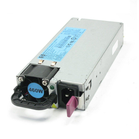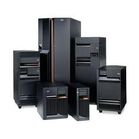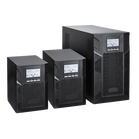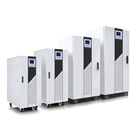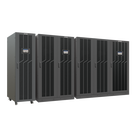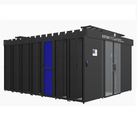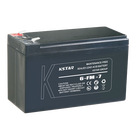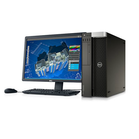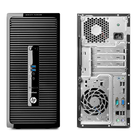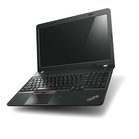15 simple tips for data backup
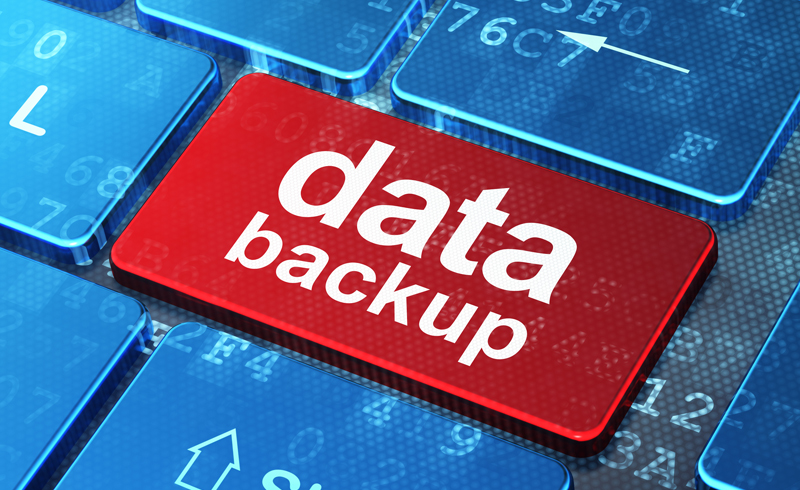
The key objectives of data backup are to protect critical data and applications from disasters and data breaches (also to minimize data recovery damage through Ransomware), shorten backup windows, increase recovery rates and efficiency of backup processes Is dramatically increased. We've created 15 tips for backup and recovery in 2016 to help you achieve these goals.
The obvious thing is that the data backup does not end at once. Backups are a key part of enterprise operations. Establish procedures to safely back up your data, applications, and systems and keep them readily available for recovery. Decide on a backup cycle based on data type, application, database, and so on. Not all data and systems are created exactly the same.
Worse than not backing up your data is not backing up your data properly. Suppose a disaster occurred and all business data was completely damaged. What if you started data recovery and your backups are damaged, bad files have been backed up, or other serious problems? You should test your backups to ensure that your data has been backed up and restored properly.
It is useless to take measures after a disaster has occurred.
Data deduplication can dramatically reduce the amount of storage needed for backups, ultimately reducing storage costs. Data deduplication can be performed on the source, target, or appliance. Performing deduplication at the source can achieve greater scalability by distributing processor usage across all clients running backups, and handling more concurrent backups on the backup server. In addition, client deduplication minimizes network data transfers because only unique data blocks (deduplicated data) are transmitted over the network to the backup server. Target deduplication is performed just before the backup data arrives at the backup server and then the data is stored on disk. Target deduplication has no effect on the source system as with regular backups. Appliance deduplication is a hardware-based process. That is, deduplication is performed in a deduplication appliance (in-line or post-deduplication form). Handle all the elements of deduplication from a professional vendor's deduplication device. One of the benefits of VERITAS backup and recovery solutions is deduplication flexibility. So you can choose the way that works best for your business environment.
Consistent backups in the event of a crash do not reject applications and databases that may have corrupted or lost data. Protecting the virtual machine in an application-aware manner eliminates the risk of incomplete database transactions or incomplete application files during data copy operations. As a result, all data stored in the virtual machine is protected and can be accessed during restore.
# 5 - Apply best practices for virtual machine protection.
Virtual machines should not be protected in the same way as physical machines. This slows down the backup and drains resources excessively. By building solutions designed and developed for virtual machines such as NetBackup and Backup Exec, you can choose the recovery point and point of interest while increasing backup performance and reducing overall storage consumption. For solutions for virtual machines, VMware VADP Integration, support for VMware change block tracking, support for VMware block optimization, and integration with Microsoft's VSS API.
There are many solutions that support resiliency agility with single-pass backups. For example, Backup Exec and NetBackup can recover from a single-pass backup of a Microsoft Exchange Server to a single email, an email mailbox, or an entire information store. No more backups are needed, saving time, resources and storage.
# 7 - Migrate existing physical systems to virtual machines quickly and easily.
You do not have to struggle to convert physical systems to virtual ones. Migration Accelerator, also known as Physical to Virtual (P2V) conversion, is a simple solution with a few mouse clicks. This reduces time and complexity.
# 8 - Choose a backup vendor that can support all forms of recovery.
The primary reason for performing a backup is recovery. There should be no obstacles in performing the recovery. You need to be able to restore the data you need when you need it without going through a complex, time-consuming restore process. Find products with individual unit recovery, file and folder recovery, full application, database, virtual machine, and server recovery.
# 9 - Do not use the snapshot script anymore.
Using scripts to tune snapshots for data protection is unprofessional, complex, and unreliable. Use a backup solution that allows snapshot adjustments without scripting. For example, NetBackup Replication Director makes it easy to integrate snapshots into your data protection strategy. Here, snapshots are cataloged to enable file and object level restoration, Additional cloning is also possible.
# 10 - Select the appropriate storage media.
If you are using tape media, you should know its average life span. The products of all manufacturers are not the same. Some experts advise you to replace tape media after 100 operations, as tape media will degrade over time. In general, removable hard disk media should be replaced after 5 years, the average life of the hard disk. If a backup write or verification error is reported, The type must be replaced. It is best to select the appropriate media type for the task you are performing. Tape and removable disks are suitable for high-speed disks for off-site operations and for off-site storage and archiving. When it's time to replace the media, it's a good chance to consider a number of options. For example, cloud-based storage and archiving reduces the burden of managing storage hardware and provides flexible pricing options. There are various benefits such as providing.
# 11 - Keep one or more backup copies offsite.
Unfortunately, disasters are happening. Therefore, it is very important to keep one or more backup copies offsite. Imagine a site-wide failure that has a backup stored onsite. You can lose jobs as well as data. Be sure to keep one or more copies in the second place in case of emergency.
# 12 - Encrypt the backup.
Production and backup data are vulnerable to security threats. Protect sensitive data from being lost to criminals in the event of a lost or stolen incident. Always encrypt your backups.
# 13 - Troubleshoot the data backup error log message.
There is always the possibility of discovering problems with backups. Backing up your data Knowing how to read error log messages can help you resolve common backup problems more quickly.
# 14 - Build a single, integrated solution that supports both physical and virtual environments.
With a single solution for both physical and virtual machines, you can manage more than one backup solution, purchase two backup programs, run multiple backup jobs, and avoid redundant data backups between virtual and physical systems. Overall, it saves money and simplifies backup operations.
# 15 - Keep backups in normal state.
One way to keep a backup in a healthy state is to run a verification job. Verification is to verify that the data on the backup media is in a readable or restoreable state. Verification can be run on demand, scheduled to run at the same time as the backup, or after the backup is complete. Both Backup Exec and NetBackup provide this functionality by default.
p.p1 {margin: 0.0px 0.0px 0.0px 0.0px; font: 12.0px 'Helvetica Neue'; color: #454545}
p.p2 {margin: 0.0px 0.0px 0.0px 0.0px; font: 12.0px 'Helvetica Neue'; color: #454545; min-height: 14.0px}




